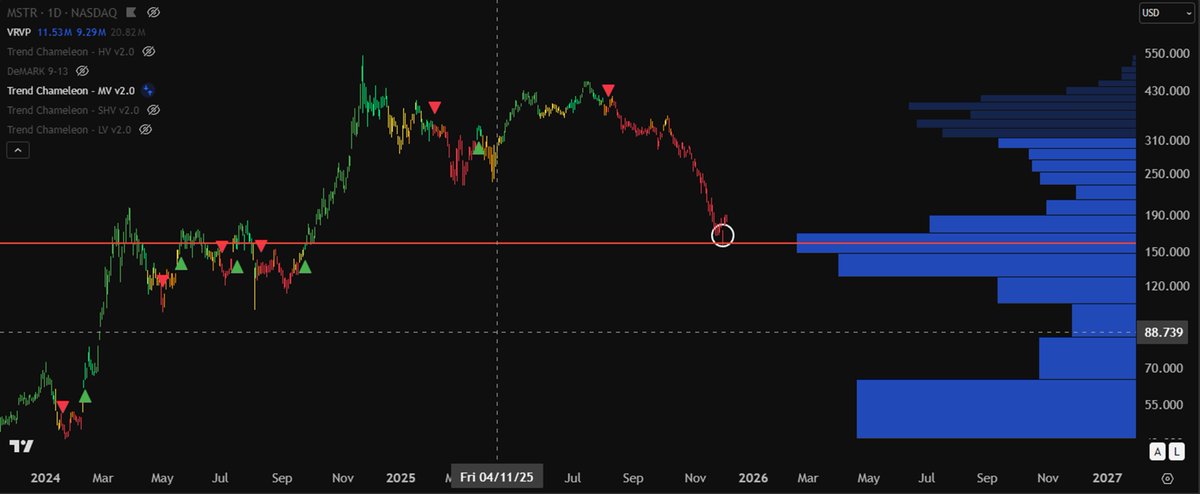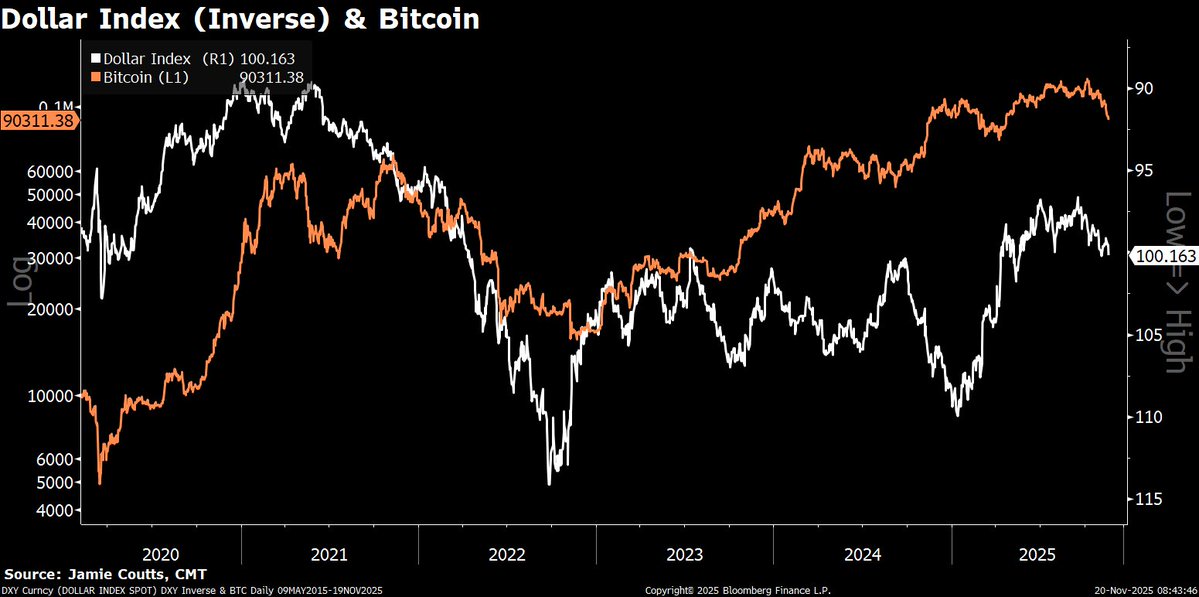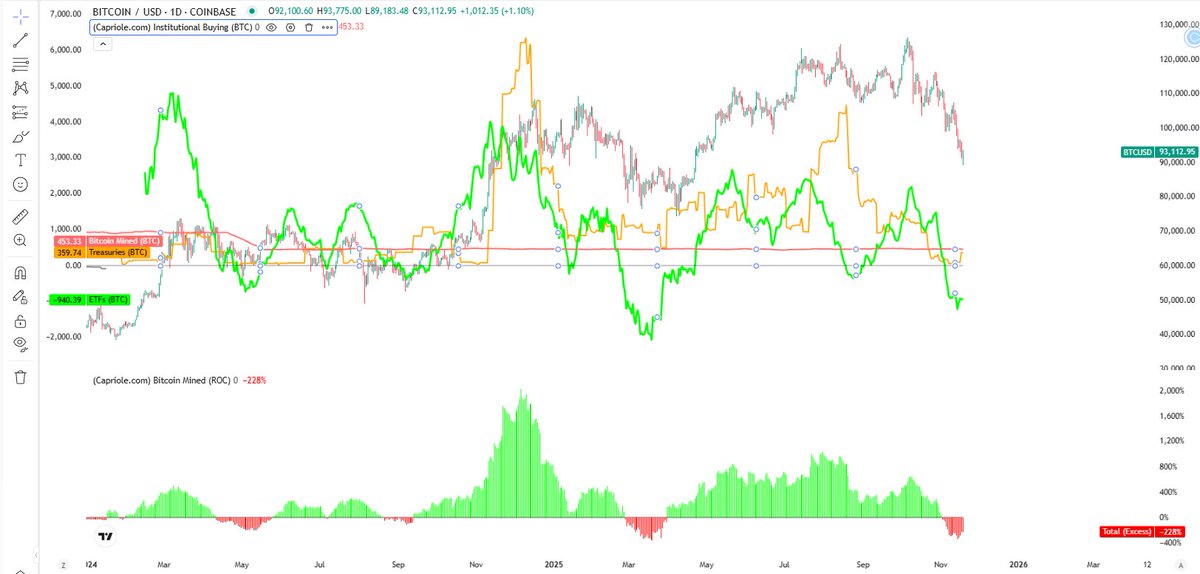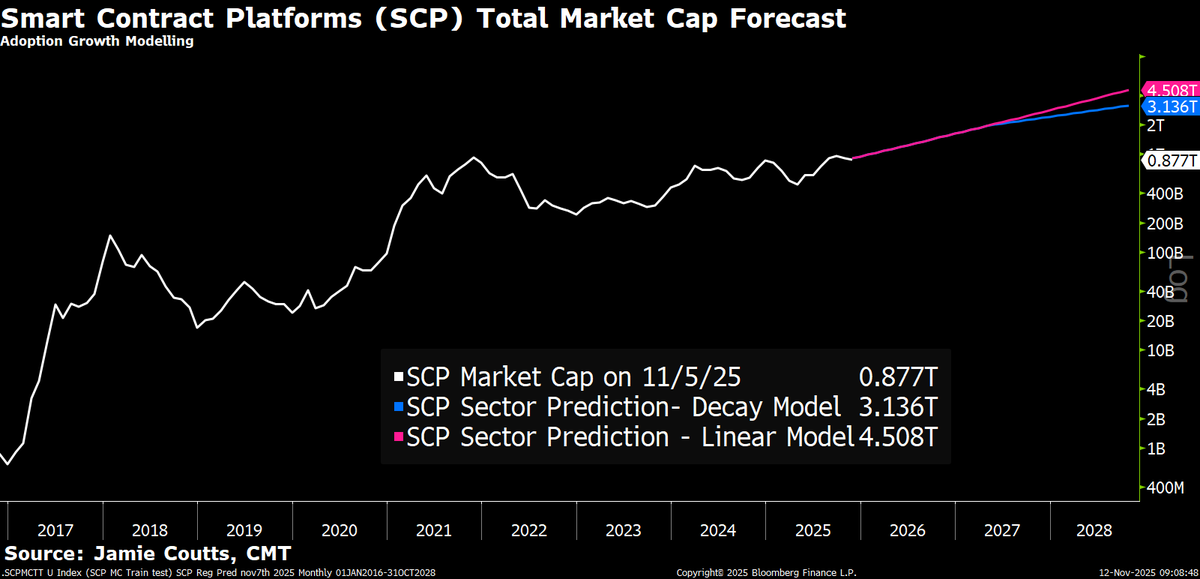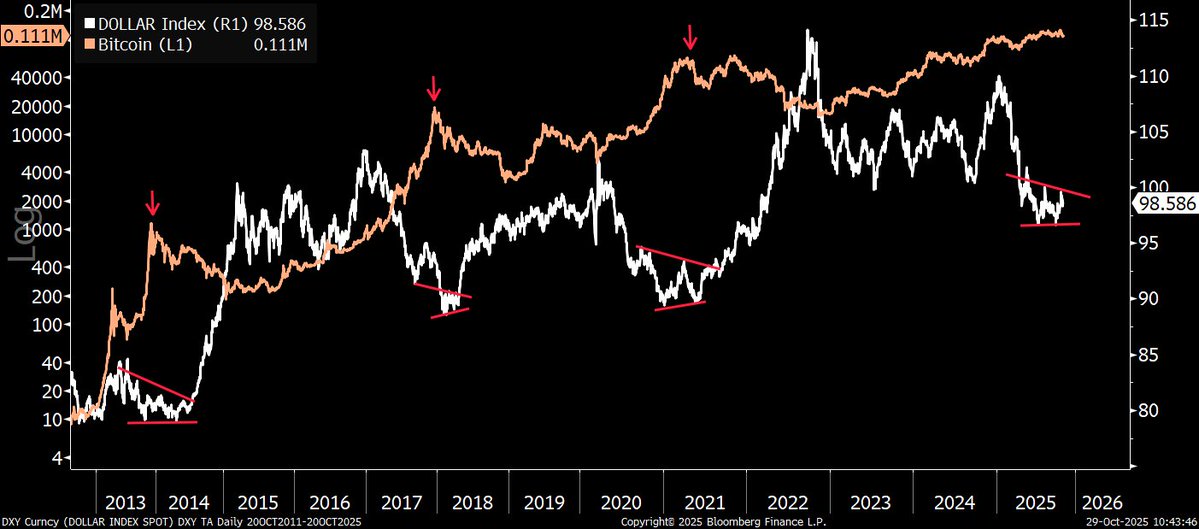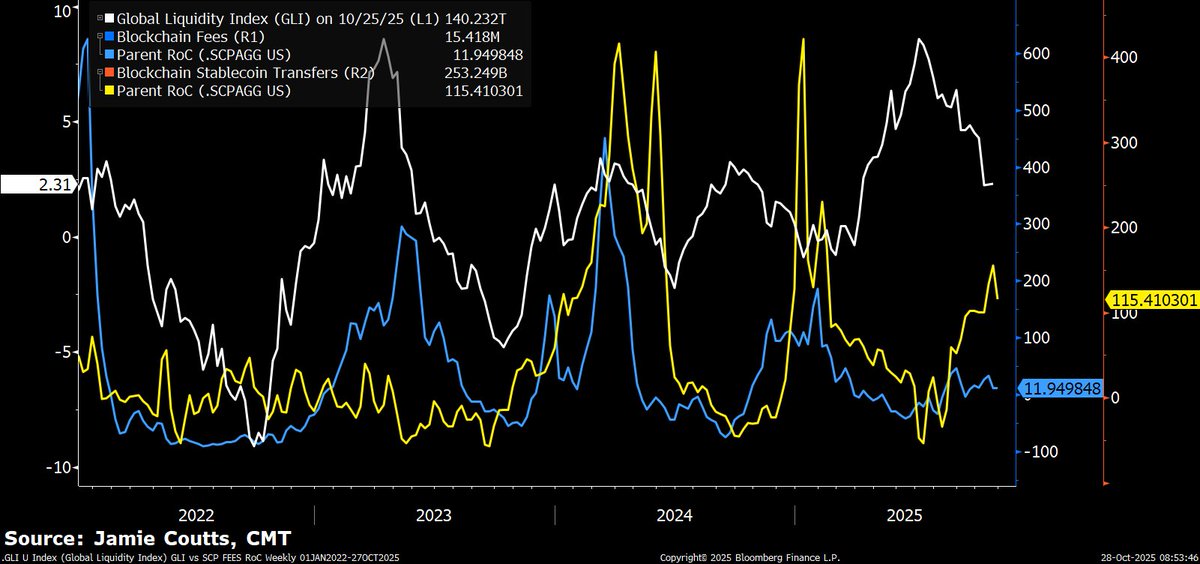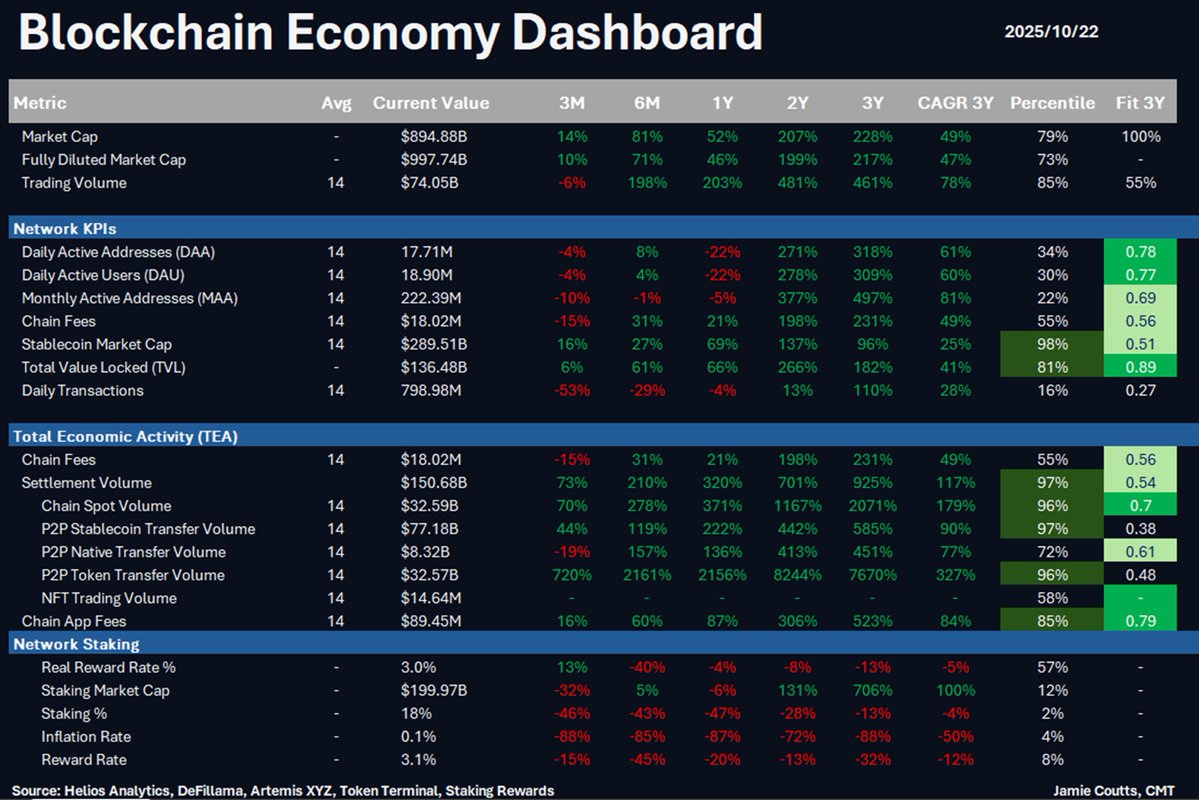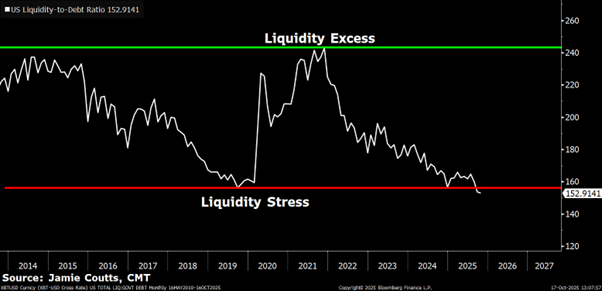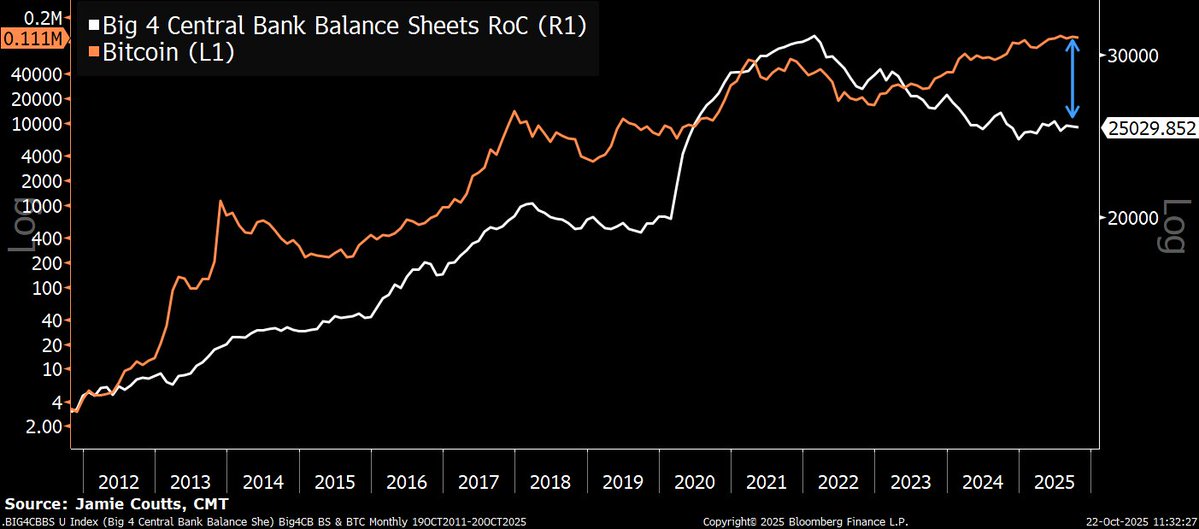Several highlights are noteworthy on the $MSTR chart this week:
• Capitulation volume accompanied by a hammer candlestick pattern – this combination typically signals the end of a strong trend.
• Multiple signals are clustered in the same area: the DeMark level, momentum mechanism, and key price threshold are all near $195.
• Thin volume above, with virtually no structural resistance before the $285 area.
• Even the MSTR/BTC ratio is showing signs of fatigue after a prolonged period of weakness.
While this information doesn't predict future price movements, it represents one of the most interesting patterns for the stock in recent months. Sometimes, the market signals potential turning points long before events reach a certain point.
Price Converter
- Crypto
- Fiat
USDUnited States Dollar
CNYChinese Yuan
JPYJapanese Yen
HKDHong Kong Dollar
THBThai Baht
GBPBritish Pound
EUREuro
AUDAustralian Dollar
TWDNew Taiwan Dollar
KRWSouth Korean Won
PHPPhilippine Peso
AEDUAE Dirham
CADCanadian Dollar
MYRMalaysian Ringgit
MOPMacanese Pataca
NZDNew Zealand Dollar
CHFSwiss Franc
CZKCzech Koruna
DKKDanish Krone
IDRIndonesian Rupiah
LKRSri Lankan Rupee
NOKNorwegian Krone
QARQatari Riyal
RUBRussian Ruble
SGDSingapore Dollar
SEKSwedish Krona
VNDVietnamese Dong
ZARSouth African Rand
No more data


